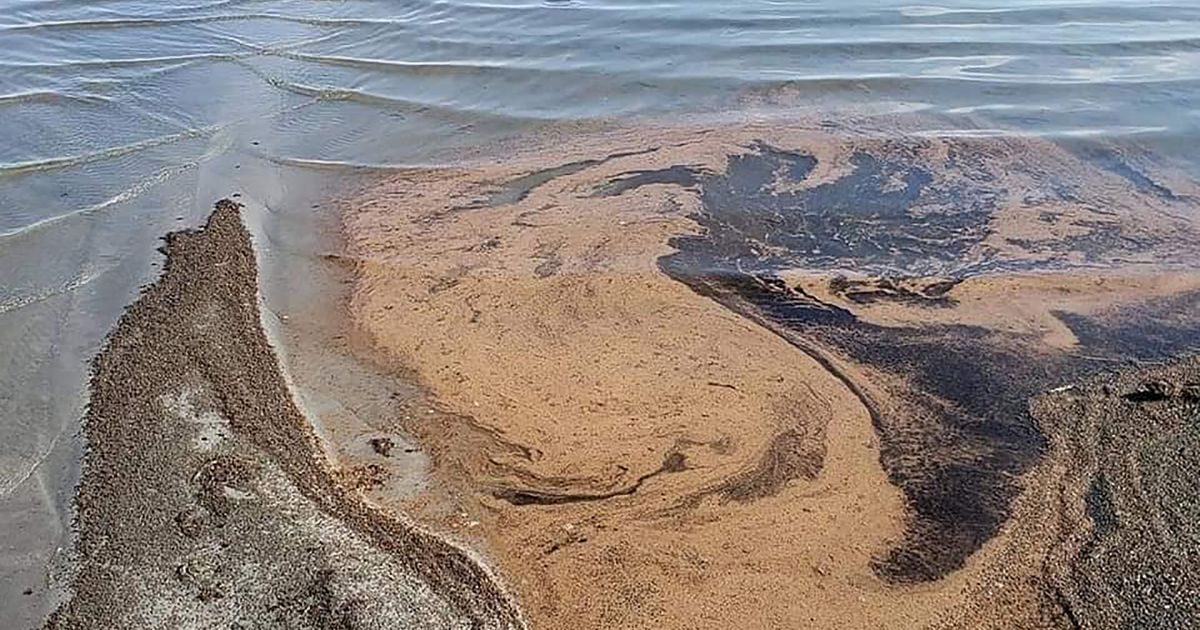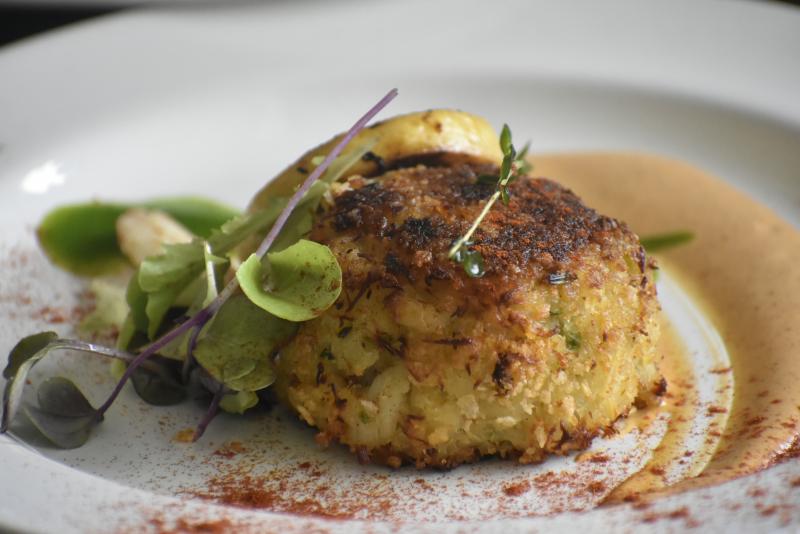
What look like oil slicks on the surface of the Great Salt Lake are actually congregations of billions of brine shrimp eggs, known as cysts, that form when wind and currents align in certain ways.
Able to keep for years, dried cysts are hatched into brine shrimp, which are fed to prawns grown in ponds.
While photos of gooey cyst mats posted Friday by Utah State Parks made national news, this year’s egg masses are hardly out of the ordinary, according to John Luft, who heads the Division of Wildlife Resources’ Great Salt Lake Ecosystem Program. The muddy accumulations seen last week at Great Salt Lake State Park and Marina are nothing to be alarmed about.
“Most people aren’t aware of simple things like that that we think of as old hat,” said Luft, whose program oversees the commercial cyst harvest.
Utah is about midway through its four-month harvest that began Oct. 1.
“They have harvested 21 million pounds so far, which is what we normally we see at this point in the season,” said Luft. “I anticipate we will finish in the mid-30s. Last year was a record 45 million pounds.”
Harvesters pay a 3.75-cent royalty on each pound of unprocessed cyst they extract, resulting in more than $1 million in annual revenue to the state.
The season normally runs until Jan. 31, but DWR will shut it down early if water samples indicate cyst concentrations fall below 21 per liter. The lake is nowhere near that threshold now. In fact, there is so much brine shrimp cyst present that Luft is considering extending the harvest.
“We are at 100 [cysts per liter], twice as much as normal,” he said. “It’s possible to underharvest which is why we have extended the season twice in the past. It is risky to leave too much cyst in the system.”
Prior to the late 1990s, cyst harvesting was not carefully regulated and the state stepped in at the request of industry, according to Jaimi Butler of Westminster College’s Great Salt Lake Institute.
“They figured out how to optimize the harvest,” she said. “Since they have been managing, there are more grebes coming [to Great Salt Lake] than ever, 4 to 5 million grebes.”
After spending the fall fattening up on shrimp, the grebes are now clearing out.
“It’s gotten cold enough that most of the brine shrimp have started to die, so the eared grebes are leaving,” Luft said. “We see big flocks taking off heading for the Salton Sea or California coast.”
December 08, 2020 at 04:40AM
https://ift.tt/39LUMDD
Masses of shrimp eggs leave visible slick on the Great Salt Lake - Salt Lake Tribune
https://ift.tt/3eNRKhS
shrimp

No comments:
Post a Comment